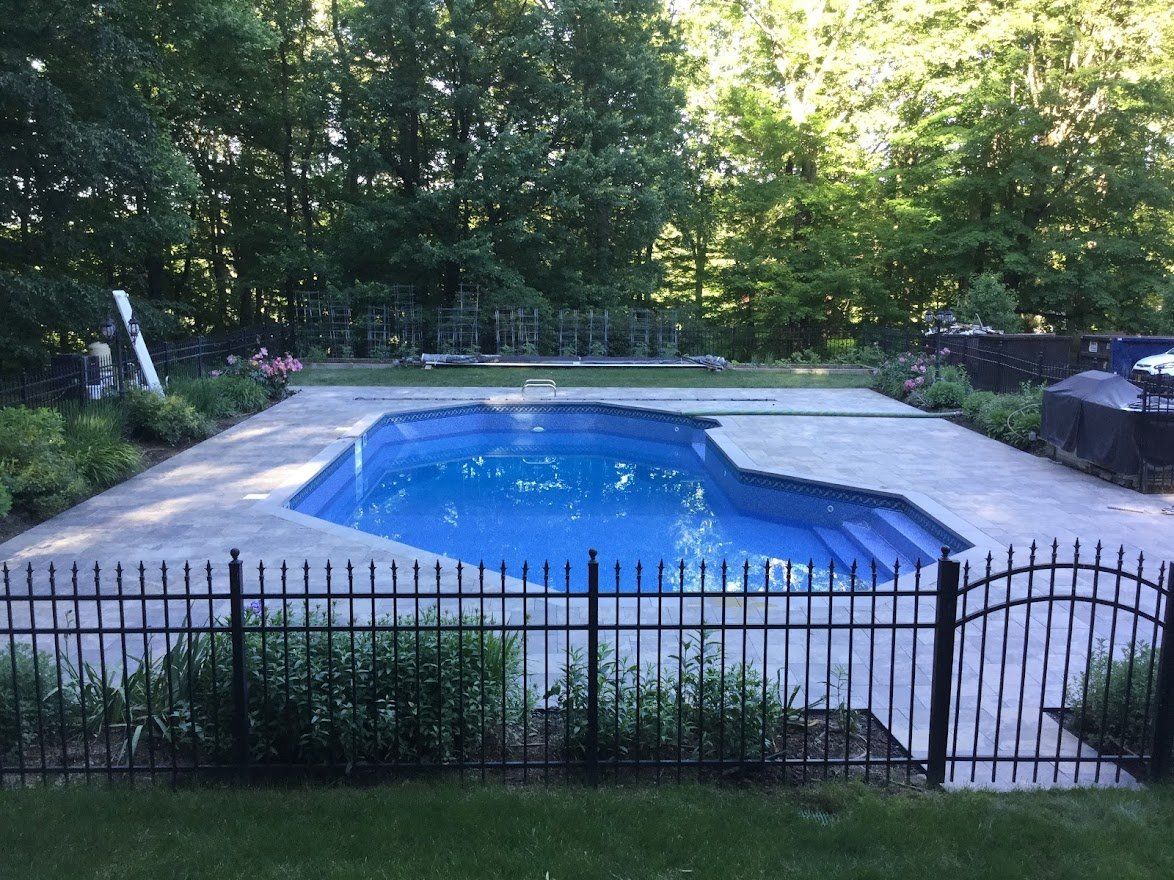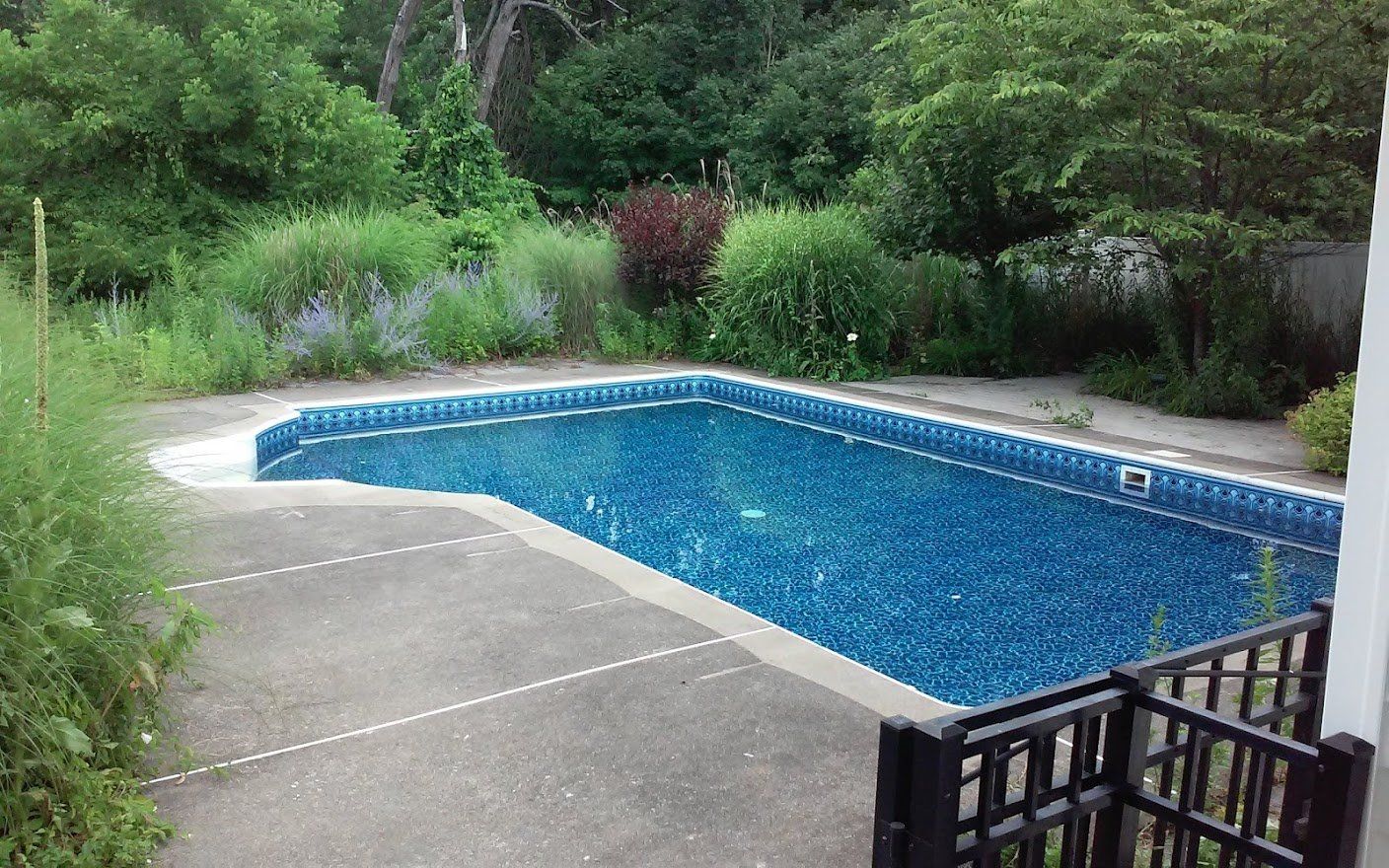Ground Water

We are not geologists - we are pool guys. So for the sake of this blog, we're going to talk about "ground water" as a term to mean any water coming into or out of the ground. Ground water actually refers to underground aquifers, but for the sake of this argument, just remember that we are talking about any kind of water in the ground.
Ground water can be described in many ways and can come from many places. Although sometimes easy to determine how and where the water is coming from, the majority of the time we may not know what type of water got into your pool or how it got there. Ground water issues are the most ambiguous area of my business. The main stay of our business is changing pool liners and vinyl pool renovations and we see groundwater problems all the time. A few years ago, I had encountered more pools with ground water than I have in my past 22 years combined. Fathom that stat!
There are many types of ground water but we will just touch on a few of the more common ones.
Surface water
is just what it sounds like: water coming from the surface. This water can come from a drain spout, rain, melting snow, etc. This water finds its way in through the grass, through a crack in the deck, between pavers, and other channels.
Other times, surface water become trapped water. Trapped water
is described as water that it in the soil and weeps out slowly. Essentially, trapped water is surface water or water from an underground well, stream or runoff. This water can become perched if it finds a pocket in the ground where it stays.
Ground water can also come from tidal areas like Long Island's coastline or the Jersey shore. Tidal water
we know about: it comes from the ocean. When high tide comes in, ground water rises.
Water will always follow the path of least resistance (welcome back to basic physics!). Sometimes that path can lead to your pool. Sometimes the bottom of your pool is always the path of least resistance, as it is an 8' empty hole! We see this when ground water lifts a pool liner. If the ground is saturated or if it is clay, then the water will make its way up through the vermiculite - a porous substance - and lift up the liner. This is a phenomenon that happens to pools that the lay person cannot fathom. I have a hard time understanding, with 26 years experience, how water can lift up a pool that has 20, 30, or 40 thousand gallons of water in it. Forty thousand gallons weights 333,200 pounds. That's also 167 tons! However, it does happen. We see this in floating liners and liners with wrinkles that were not there at installation.
More often, however, we see the following scenario:
When we pump out a pool, there may be water already under the liner or it starts coming from the floor or the slopes of the floor. In some cases, it can even come from the seams of the wall panels. Why does this water start flowing into your pool? This is the path of least resistance, as the water that was in your pool was helping to hold back the ground water by providing resistance. When we remove the resistance of thousands of gallons of water, your pool is now a good resting place for water that was in the ground. This is a natural progression - it's gravity at work.
We constantly hear the statement "I've never had this problem before." to which we reply "Well, you have it now." It may have taken 10, 20 or 30 years to make its way to this disruptive point, but it's just like water running down a mountain. At first the water wears out the grass. Then it starts to erode the topsoil. Eventually it turns into a mini tributary that leads somewhere. This hotspot is your pool. Many things can affect the water in the ground: natural run offs, water tables, "man made" runoffs, weather, etc. The list could go on and on!
Look for our blog on How to Control Ground Water and How to Remove Wrinkles from Your Pool Liner!
Contact Our Team Today
Contact Us
We will get back to you as soon as possible.
Please try again later.

Contact Us Today
Contact Us
We will get back to you as soon as possible.
Please try again later.
Website Design by Hearst Media Services, all rights reserved | Sitemap





